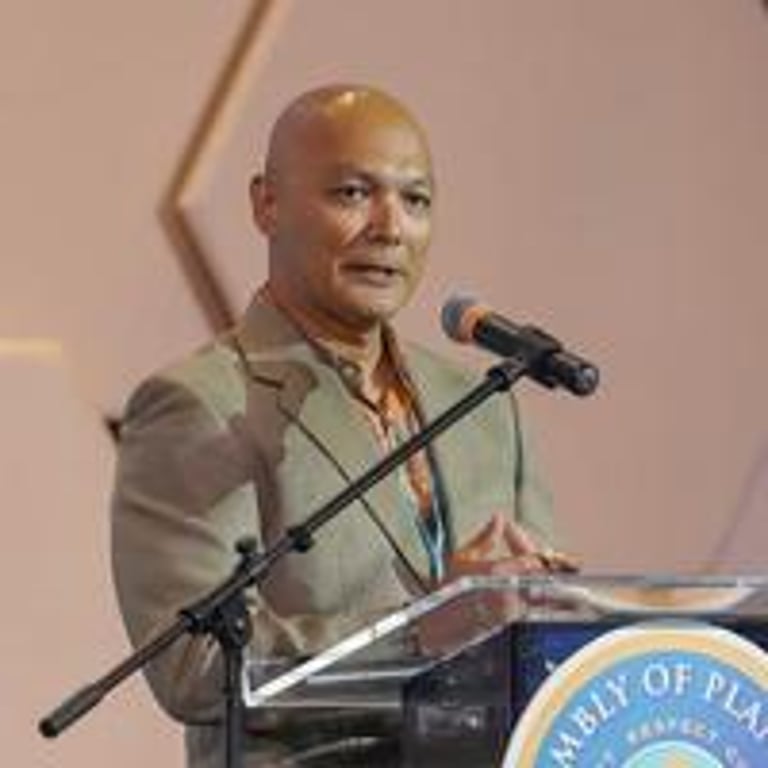Ancient Artifacts Uncovered in Guam's First Southern Coast Excavation, Expanding Archaeological Record
August 27, 2025
Radiocarbon dating is planned for early next year to establish the precise age of the artifacts, with results to be presented during a village meeting in October.
A summer field school at Manell River in Malesso’ on Guam uncovered artifacts that may date back about 3,000 years, including pottery, a fishhook, adzes, shell tools, and ornaments, potentially aligning with Ritidian-era finds.
This marks the first deep excavation along Guam’s southern coast, expanding the island’s archaeological record beyond the northern and central regions.
The field school runs five to six weeks, enrolls roughly 10 students, and awards six college credits, underscoring the practical training need for Guam’s archaeologists.
An expanded archaeological education program is being developed with the University of Guam, funded by the Department of Defense, and will include scholarships for undergraduate and graduate students.
Residents are invited to a community presentation on October 6 at 6 p.m. at the Malesso’ basketball court to learn more about the discoveries.
Collaborating institutions include the Guam Historic Preservation Office, University of Guam, Joint Region Marianas, the U.S. Navy, Guam Cultural Repository, and the U.S. Army Corps of Engineers, linking to a flood mitigation project in Malesso’.
Archaeology funding and staffing remain tight for Guam’s SHPO, which operates with about a dozen staff as federal funding has been eliminated; local funding covers roughly 70% of the budget, with some multi-year grants still in play.
Three sets of latte stones were formally returned at an August ceremony, highlighting ongoing cultural preservation and revitalization efforts, plus long-term museum training through a Mellon Foundation–funded fellowship program.
During the field school, the Bishop Museum artifacts were repatriated to Guam as part of a large effort led by Lt. Gov. Josh Tenorio, with the Hornbostel Collection comprising over 10,000 items.
DNA researchers have proposed genetic studies on ancient CHamoru remains from southern Guam, but the office stresses cautious, community-owned data handling and consent.
Results and details from the fieldwork are expected to be shared with the community at a village presentation in October.
Summary based on 1 source
Get a daily email with more Science stories
Source

The Guam Daily Post • Aug 27, 2025
Archaeological field school uncovers 3,000-year-old artifacts in southern Guam